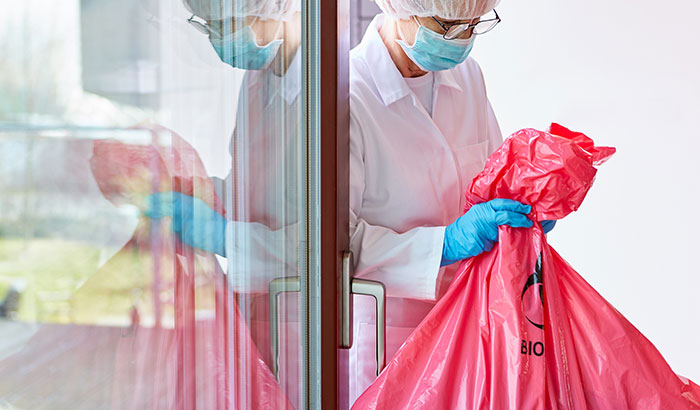
What Is a Biohazard? 10 Examples
A biohazard refers to any biological substance that can threaten human health. In this article, we’ll give you all the details you need to stay safe in a cleanup situation that contains biohazardous materials.

A biohazard refers to any biological substance that can threaten human health. In this article, we’ll give you all the details you need to stay safe in a cleanup situation that contains biohazardous materials.

Sewage damage in a business can be a serious issue that requires immediate attention. So, this article will discuss the signs of sewage damage and what steps you can take to address the issue.

In this article, we will give you a rundown of what mold remediation is, the most frequently asked questions regarding mold cleanup, and the answer to each.

Sewage damage can be a significant problem for businesses of all sizes, causing health hazards, structural damage, and disruption to business operations. To keep your

Cleaning up Biohazard materials can be a tricky situation. Without the proper protective equipment and specific cleaning supplies, it can be dangerous.

Every living person should take the health hazards of raw sewage very seriously. It is important to understand those health risks, where they come from, and what you should do if you come in contact with sewage damage.

Biohazard cleanup is no joke. Many important steps must be taken to ensure that anyone who comes in contact with the damaged area is safe. In this article, we will explain the actions it takes to clean an area with biohazard damage.

Mold damage leads to mold poisoning, which is unwanted in any household. There are several things to look out for in your home that can lead to the growth of mold, including:

This article will explore what causes it, why it shouldn’t be ignored, its possible health effects, and what to expect from a professional team during the cleanup process.

It’s important to understand how to respond to rain damage. The sooner you take action, the less of a damaged home you’ll have and the safer you and your family will be. Let’s talk about it in more detail.